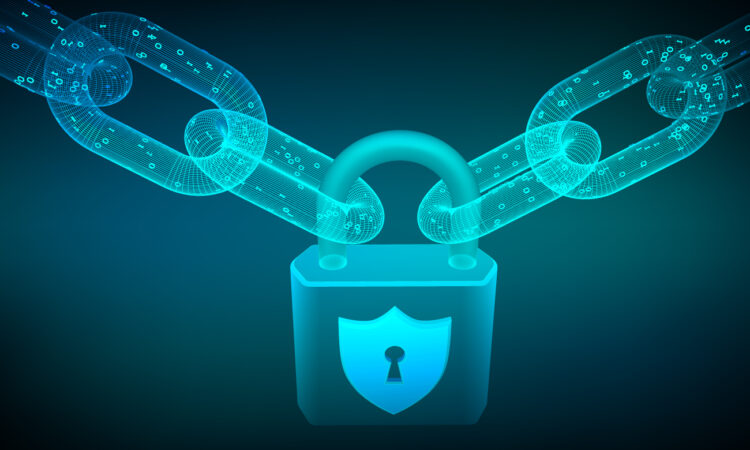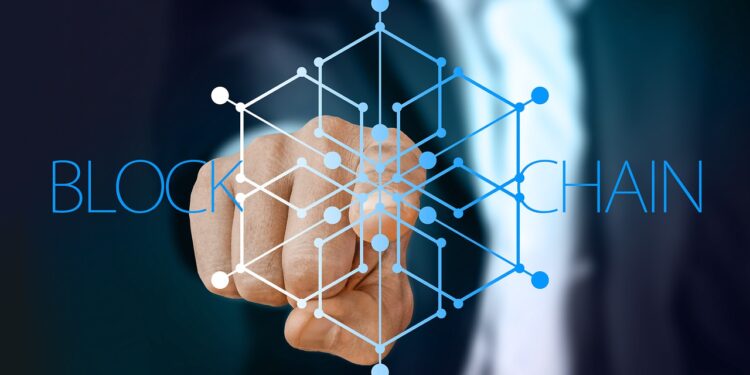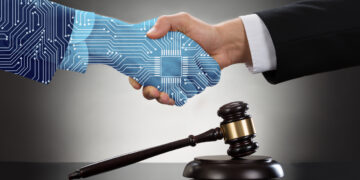Blockchain may appear difficult, and it can be, but its basic premise is pretty simple. A blockchain is essentially a sort of database. To understand blockchain, it is necessary that you first comprehend what a database is.
A database is a collection of data that is electronically preserved on a computer system. Database information, or data, is generally organized in table style to facilitate searching and sifting for precise data. That might be a bit of a mouthful for the first few words, so let us get into the technicalities of this revolutionary technology. We’ll get to know the not so popular facts and information about blockchain technology and its amazing features here in this post.

What is Blockchain?
As previously mentioned, blockchain is some sort of information storage. But, we will be elaborating the term in a more technical way here. We will discuss some more technology related definitions and relations here. Now to get into much more detail, here are a few technical words for you. Blockchain is a method of storing information in such a way that it is nearly impossible to modify, hack, or trick the system.
A blockchain is simply a digital record of transactions that is replicated and distributed throughout the blockchain’s complete network of computer systems. Each block on the chain comprises a specific amount of transactions, and whenever a new transaction happens on the blockchain, a copy of that transaction is published to the ledger of every contributor. Distributed Ledger Technology refers to a decentralized database controlled by numerous members (DLT).
Why the Hype?
There have been numerous attempts in the past to generate digital money, but they have all failed. The overarching issue is one of trust. How can we believe that if someone invents new money called the X dollar, they would not award themselves a million X dollars or take your X dollars?
Bitcoin was created to address this issue by utilizing a form of database known as a blockchain. Most regular databases have someone in charge who has the authority to alter the entries (e.g. awarding themselves a million X dollars). Blockchain is unique in that no one is in control; it is run by the individuals who utilize it. Furthermore, bitcoins cannot be counterfeit, hacked, or double spent, thus the value may be trusted.

How Secure is Technology?
In various ways, blockchain technology addresses the challenges of security and trust. We will be discussing the security and other features of blockchain technology ahead. Security of blockchain technology has been a point of discussion for a long time. To begin, the latest blocks are always stored in a linear and sequential order. That is, transactions are always appended to the blockchain’s “end.” If we look at the Bitcoin blockchain, you’ll notice that each block has a location on the chain known as a “height.”
It is extremely difficult to go back and change the contents of a block once it has been appended to the end of the blockchain unless the majority agrees to do so. This is since each block has its hash, but also the hash of the block before it and the aforementioned time stamp. A math function generates hash codes by converting digital data into a string of numbers and characters. If the data is changed in any manner, the hash code changes as well.
In short, to alter a transaction, you’d have to involve each member of the distributed network of computers. This is almost impossible since the technology itself is designed to secure itself. We will further discuss its working and implementation. We’ll know in details about how it is used and what additional benefits it can offer.
How is it Used | How can You Implement it?
Bits on Bitcoin’s blockchain, as we already know, hold data regarding monetary transactions. However, it has been shown that blockchain is also a reliable method of recording data about other sorts of transactions. Some of these applications include;
Finance and Banking

Perhaps no sector will benefit more from incorporating blockchain into its daily operations than banks. There are uncountable benefits of blockchain technology in the finance and banking sector because of which the banking sector has changed a lot. By incorporating blockchain into banks, users may expect their operations to be completed in as little as 10 minutes, which is the time taken to add a block to the blockchain, irrespective of holidays or the time of day or week. Banks may also use blockchain to move funds across institutions more rapidly and securely.
Currencies

Blockchain, by dispersing its activities across a distributed network, enables cryptocurrencies to function with no need for a central authority. Currencies and money always come incorporated with some risks and insecurities but blockchain has changed this very much. Not only does this decrease the risk, but it also removes many of the processing and transaction costs.
Healthcare

Blockchain can be used by healthcare professionals to securely keep their patients’ health records. It has become quite easier When a health record is created and signed, it may be put into the blockchain, giving patients confirmation and trust that the record cannot be altered.
Real Estate

Blockchain can remove the requirement for document scanning and file system management at a local recording office. Property owners can have confidence that their deed is accurate and permanently documented if it is saved and validated on the blockchain.
Conclusion
Blockchain has numerous applications in today’s world as mentioned above. There are many career and business opportunities out there, and with the proper understanding of this technology, you might even find a way to implement it in other industries where it hasn’t been done yet. However, if you do wish to join a network of computers in the current applications, get yourself the proper infrastructure; inclusive of computer wire connector technology, artificial/complementary LED neon flex lighting, and safe electric enclosure facilities from eabel to keep this secure and safe from damage. All the best.












